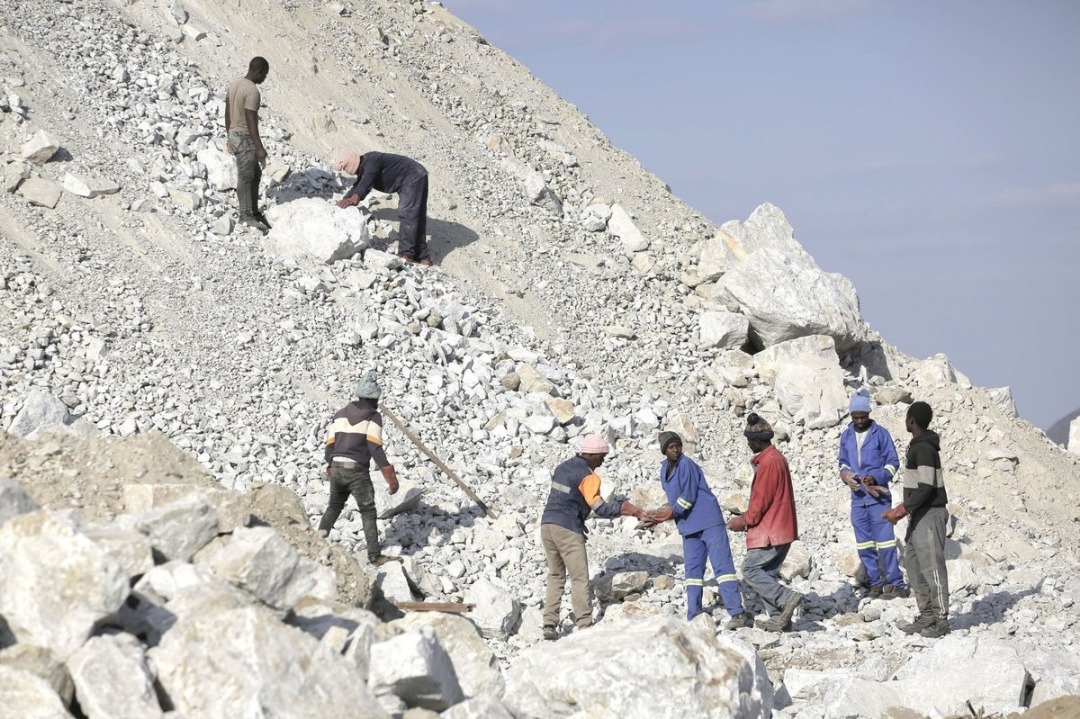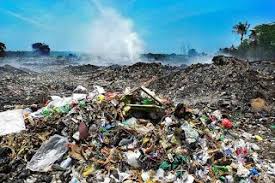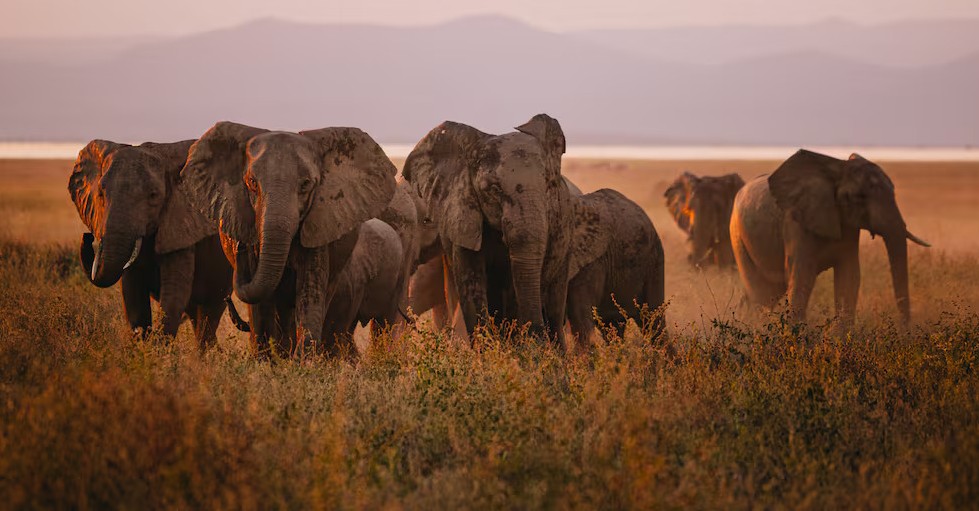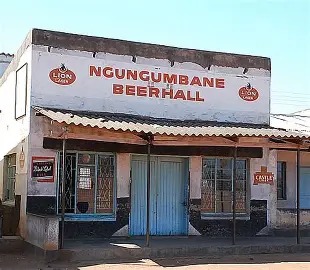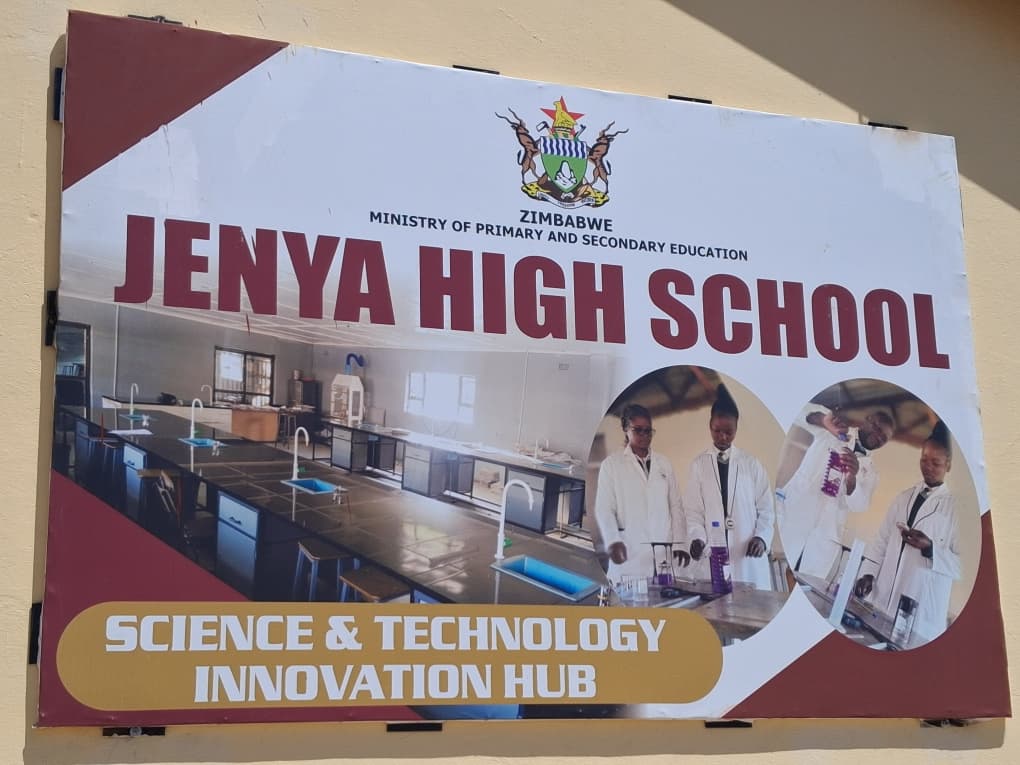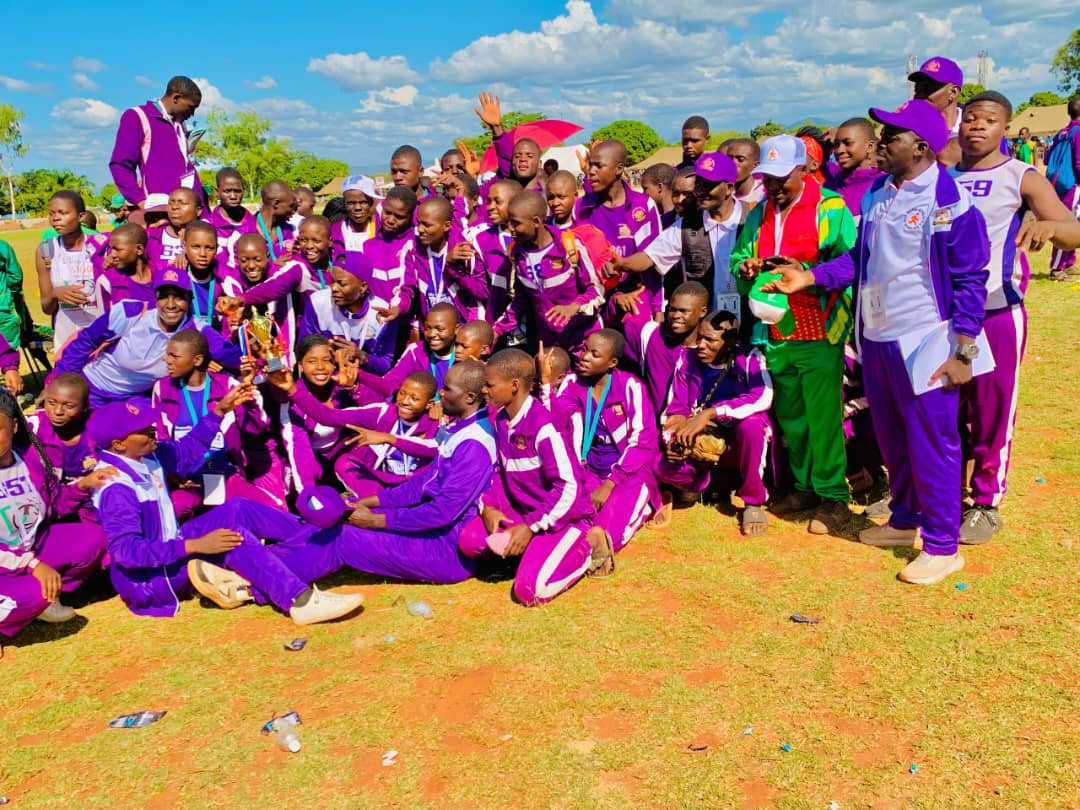EnviroPress Reporter
The discovery of vast lithium deposits in the Mberengwa district of Zimbabwe has ignited a flurry of mining activity, promising economic upliftment but delivering a complex and often harsh reality for the local community.
Stories emerging from the region paint a picture of a classic resource curse, where the newfound wealth has brought with it social disruption, environmental degradation, and a sense of exploitation, with locals feeling short-changed while outsiders and large corporations reap the primary benefits.
The initial phase of the lithium boom was characterized by a chaotic rush, with thousands of artisanal miners, known locally as gwejas, flocking to areas like the Sandawana Mine.
Armed with basic tools, they extracted the valuable ore from the earth, often in hazardous conditions. For a brief period, this provided a direct, albeit modest, source of income for many who had previously relied on subsistence farming.
However, this initial optimism soon gave way to a more structured and contentious phase. The Zimbabwean government, through the state-owned Kuvimba Mining House, moved to formalize the sector, often at the expense of the artisanal miners.
This led to accusations of local miners being displaced and forced to sell their ore at prices significantly below its international market value.
Reports from the area detail a thriving black market, with smuggled lithium fetching far higher prices across the border in South Africa, leaving a bitter taste of exploitation among the local populace.
The social fabric of Mberengwa has also been strained. The influx of people seeking their fortunes has been linked to a rise in social ills, including an increase in teenage pregnancies and school dropouts as young people are lured by the promise of quick money.
The once-quiet rural communities are now grappling with the pressures of a boomtown environment.
Environmental concerns are another significant chapter in Mberengwa’s lithium story. The mining activities, both formal and informal, have been criticized for their environmental impact.
Dust pollution from trucks and mining operations poses a health risk to residents, while the contamination of water sources threatens both human and livestock populations. The degradation of grazing lands has also impacted traditional livelihoods.
Local leaders and community members have voiced their frustrations, highlighting the stark contrast between the immense wealth being extracted from their land and the lack of tangible development in their communities.
Promises of new schools, clinics, and improved infrastructure by mining companies have, in many instances, failed to materialize, fueling a sense of betrayal.
The story of Mberengwa’s lithium is a cautionary tale of the complexities of resource extraction in developing nations, where the promise of prosperity often clashes with the lived realities of the communities at the heart of the boom.

